- Temenos Becomes First Core Banking Software Provider Certified with Huawei infrastructure and Huawei Public Cloud
- Temenos and Huawei will jointly go-to-market with leading-edge financial services offerings in the cloud to drive scalability, operational efficiency, time-to-market, and innovation
- Temenos cements its leadership in the cloud delivering its software across all major public cloud providers
GENEVA, Switzerland and SHANGHAI, China, June 3, 2021 /PRNewswire/ — During Huawei Intelligent Finance Summit 2021, Huawei and Temenos, the banking software company, announced a partnership to offer Temenos’ cloud-native core banking solution on the Huawei Public Cloud. Temenos is the first core banking software certified with Huawei infrastructure and Huawei Public Cloud.
Geographically, the partnership covers Asia with a specific focus on China and it also includes Africa, Europe, Latin America and the Middle East.
The partnership brings together the extensive cloud hosting, implementation, and integration strengths of Huawei and the power of Temenos’ industry leading banking software. The scope of the partnership covers sales and marketing, implementation and training.
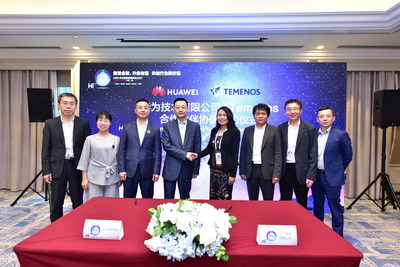
Financial institutions will be able to modernize their core banking systems on Huawei Cloud and benefit from elastic scalability, cost and operational efficiencies. Together, Temenos and Huawei will help banks of all sizes to go to market faster, open up new business models, and achieve industry-leading cost/income ratios.
The two companies have demonstrated success and have a number of existing customers and successful projects in APAC. The two companies already see significant market traction and have a number of new prospects in the works. Temenos and Huawei will jointly go to market focusing on China and moving to the more regions with aligned marketing and sales processes.
Temenos and Huawei have extensive reach into the global financial services market. More than 3,000 banking and financial institutions worldwide, serving the banking needs of 1.2 billion people, rely on Temenos cloud-native, API-first technology. Huawei also works with more than 2,000 financial institutions worldwide, including 47 of the world’s top 100 banks.
The growing demand for cloud-based models has accelerated during the coronavirus pandemic, as banks require more resilient and agile technology propositions. Cloud has become the established software deployment method for digital-first banks that need to launch fast with minimum IT infrastructure cost. Larger banks increasingly shift to the cloud to incrementally modernize their systems, reduce IT complexity and cost gain greater speed to market.
Philip Barnett, President of Strategic Growth, and Member of Executive Committee of Temenos, said: “We are delighted to extend our leadership in the cloud and be the first to certify with Huawei. This joint go-to-market strategy with Huawei will massively accelerate our market penetration in China which represents approximately a USD 6 bn addressable market and we are extending to the Middle East, Africa, Europe and Latin America. Together, we can help digital-first banks as well as large banks in need of core modernization accelerate their move in the cloud. Our API-first, cloud-native core banking solution based on Huawei Cloud will provide flexibility, agility, elasticity, and accelerate time to market for banks. Our certification on Huawei Cloud demonstrates that our cloud-agnostic banking platform enables banks to pursue a multi-cloud strategy and have the highest levels of active-active resilience with the cloud provider of their choice.”
“Huawei is willing to continue to strengthen cooperation with industry-leading technology solution competent partners such as Temenos. The digital ecosystem is a place where all participants create and share value together. By strengthening partnerships, we can solve problems and create value for customers together, expand the cake, and open up new growth space for the finance industry,” said Mr. Ma Yue, Executive Vice President, Huawei Enterprise Business Group (EBG); President, Huawei EBG Global Partner Development and Sales.
Huawei Intelligent Finance Summit 2021 was held in Shanghai from Jun 03 to 04. Huawei Intelligent Finance Summit is a global ICT event hosted by Huawei and focused on the financial industry. It was founded in 2013, all participants were the industry elite in the financial industry. For more information about Huawei Global FSI Summit, please visit: https://e.huawei.com/
Photo – https://mma.prnewswire.com/

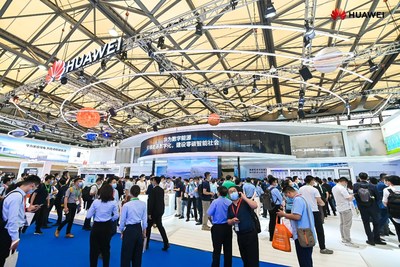
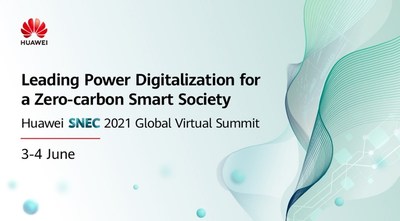
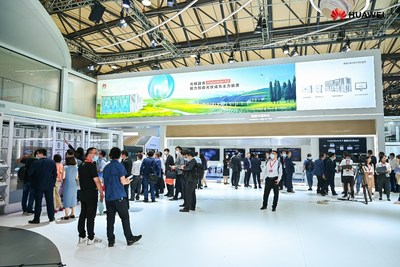
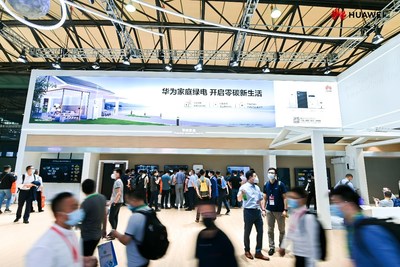
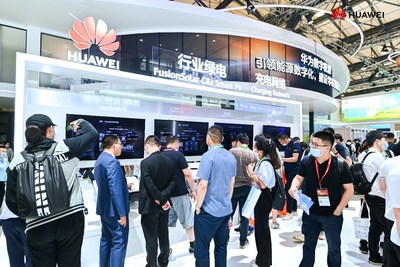
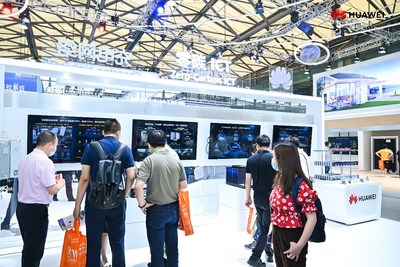



![Ni Guangnan, an academician of the Chinese Academy of Engineering, talks about open-source chips at a forum during the 6th World Internet Conference in Wuzhen, Zhejiang province, on Oct. 21, 2019. [Photo/VCG] Ni Guangnan, an academician of the Chinese Academy of Engineering, talks about open-source chips at a forum during the 6th World Internet Conference in Wuzhen, Zhejiang province, on Oct. 21, 2019. [Photo/VCG]](https://mma.prnewswire.com/media/1525050/Ni_Guangnan.jpg)